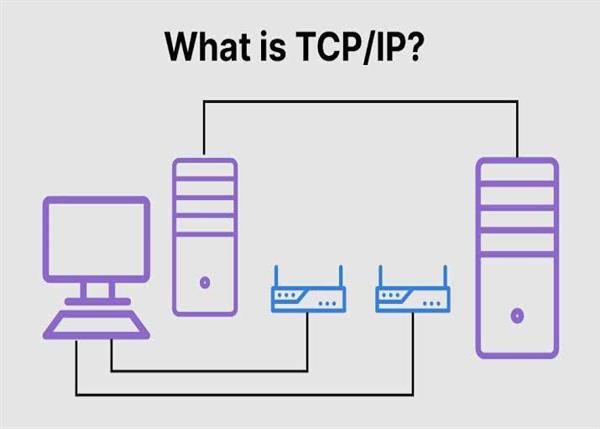The TCP/IP protocol suite is a set of networking protocols used to communicate over the Internet and other networks. It is comprised of several layers, each of which performs specific functions and interacts with the layers above and below it. The TCP/IP model has four layers, which are:
- Application Layer: The application layer is the topmost layer of the TCP/IP model. It provides services that are used by applications to communicate with each other over the network. Some examples of application layer protocols are HTTP, FTP, SMTP, and Telnet.
- Transport Layer: The transport layer is responsible for providing reliable communication between applications on different devices. It manages the transmission of data and handles errors and flow control. The most commonly used transport layer protocols are TCP (Transmission Control Protocol) and UDP (User Datagram Protocol).
- Internet Layer: The internet layer is responsible for transmitting data packets between networks. It performs routing functions and is responsible for IP addressing and packet fragmentation. The internet layer uses the Internet Protocol (IP) for communication.
- Link Layer: The link layer is responsible for transmitting data over a physical network. It handles issues such as data framing, error detection and correction, and media access control. Examples of link layer protocols are Ethernet, Wi-Fi, and Bluetooth.
The TCP/IP model is a layered approach to networking that allows for modular design and development. Each layer is responsible for a specific set of functions, and these layers work together to provide reliable, efficient communication over the network. The layers are designed to be independent of each other, which means that changes to one layer do not affect the other layers.
The TCP/IP model is used in most modern computer networks, including the Internet. It is a standardized model that allows devices from different manufacturers to communicate with each other. The TCP/IP protocol suite is an open standard, which means that it can be implemented by anyone, and it is not controlled by a single organization or vendor.